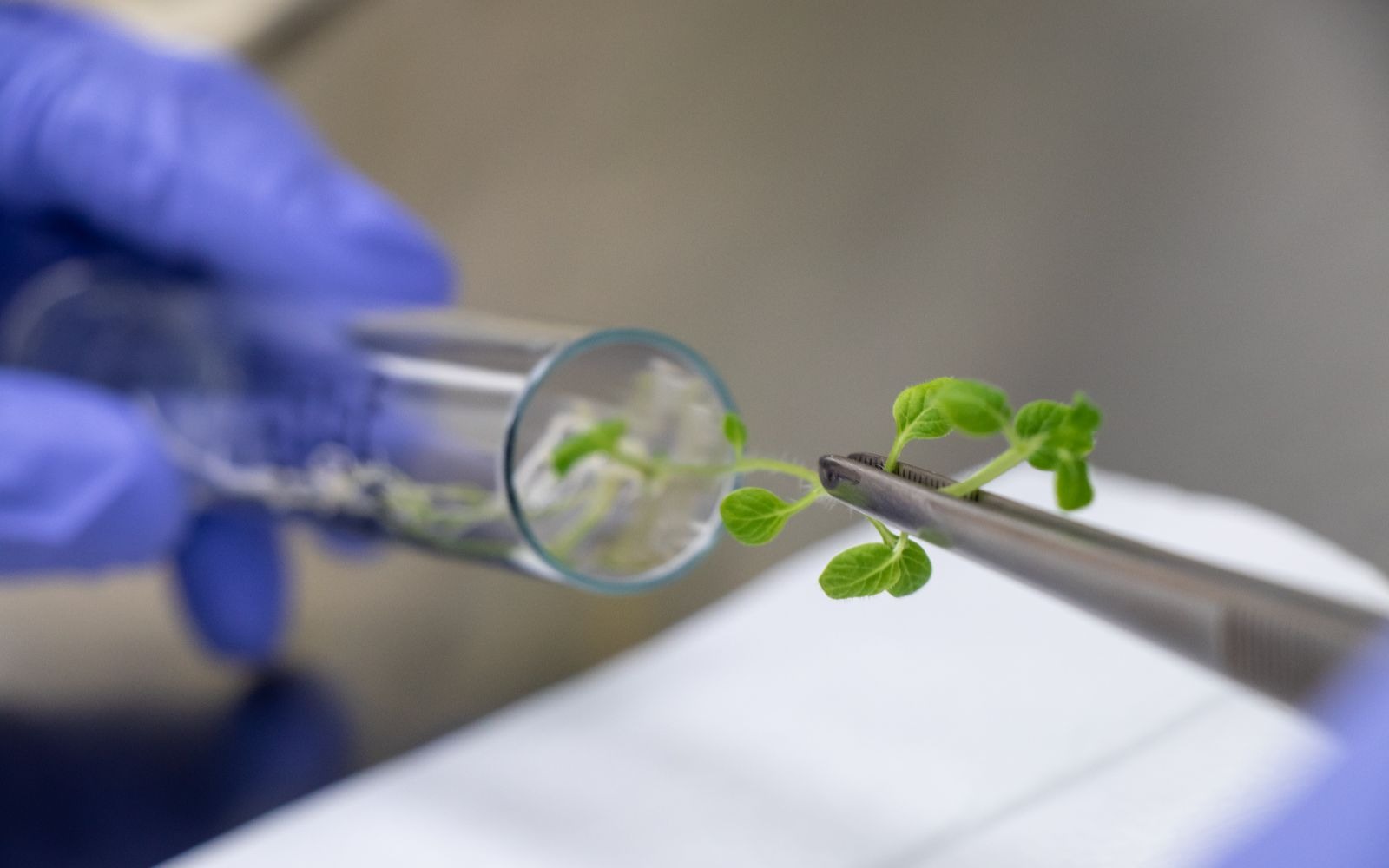Bogotá, Capital District. July 18, 2025. As part of the 25th edition of AGROEXPO, AGROSAVIA presented to visitors one of the most valuable assets for the country’s agricultural and livestock development: the National Germplasm Banks for Food and Agriculture (BGAA).
These banks, which act as true vaults of biological treasure, conserve Colombia’s genetic diversity in animals, plants, and microorganisms. Their mission is to ensure that this wealth is available now and in the future to address challenges such as climate change, pests, nutrition, and sustainable food production.
A Germplasm Bank is a facility where seeds, tissues, microorganisms, and animal genetic material are preserved and protected to ensure that the most important species for food and agriculture are not lost.
Thanks to Decree 1470 of 2018, the National Government assigned the Ministry of Agriculture and Rural Development (MADR) the responsibility of managing the BGAA. This task was delegated to AGROSAVIA through Resolution 327 of the same year, under a 10-year agreement.
Three Pillars for Colombian Agriculture
Animal Germplasm Bank: Conserves and promotes native breeds of cattle, pigs, and sheep. This strengthens national production with animals adapted to local conditions and with high genetic value. It includes both in vivo (live animals in the field) and in vitro (semen and embryos) conservation.
Microorganism Germplasm Bank: Ensures the diversity of beneficial microorganisms for agriculture, which are vital for improving soils, producing food, and protecting crops. This bank also guides researchers and producers in the use and exploitation of this diversity.
Plant Germplasm Bank: Conserves more than 34,000 accessions (samples) of agriculturally important species such as beans, maize, potatoes, among others, using seed conservation, in vitro culture, and field collections. These plants are essential for ensuring the country's food security.
One of the greatest advantages of these Banks is that they are open to the public, allowing researchers, producers, students, and decision-makers to access valuable information and key genetic material to drive the development of Colombian agriculture.
Access to the material preserved in the BGAA is carried out in an orderly and secure manner, for purposes such as research, education, conservation, and agricultural production. Any interested party—such as farmers, researchers, students, educators, or entrepreneurs—can formally request access through AGROSAVIA’s official channels, specifying the intended use of the material. Once the request is evaluated and approved by the technical team, the available genetic material is delivered, along with the necessary technical information for its proper management. This process ensures that the conserved biodiversity is not only protected, but also responsibly utilized for the benefit of the country's agri-food development.
- More information here:
- Ivan David Alba Hidalgo
- Communications, Identity and Corporate Relations Professional
- Headquarters
- Communications, Identity and Corporate Relations Advisory Office
- ialba@agrosavia.co
- AGROSAVIA





